Are your vegetables bolting right about now? Bolting is garden speak for a non-fruiting plant that’s going to seed, typically before we’d like it to.
This is in contrast to fruiting plants like tomatoes and cucumbers going to seed, which gardeners celebrate because it means we can finally pick them. But when herbs and leafy greens bolt, it usually means the harvest season is over. (But it doesn’t have to be, as I’ll explain below.)
Why do plants bolt?
Plants begin to flower and set seed prematurely when they’re stressed or otherwise unhappy with their growing conditions.
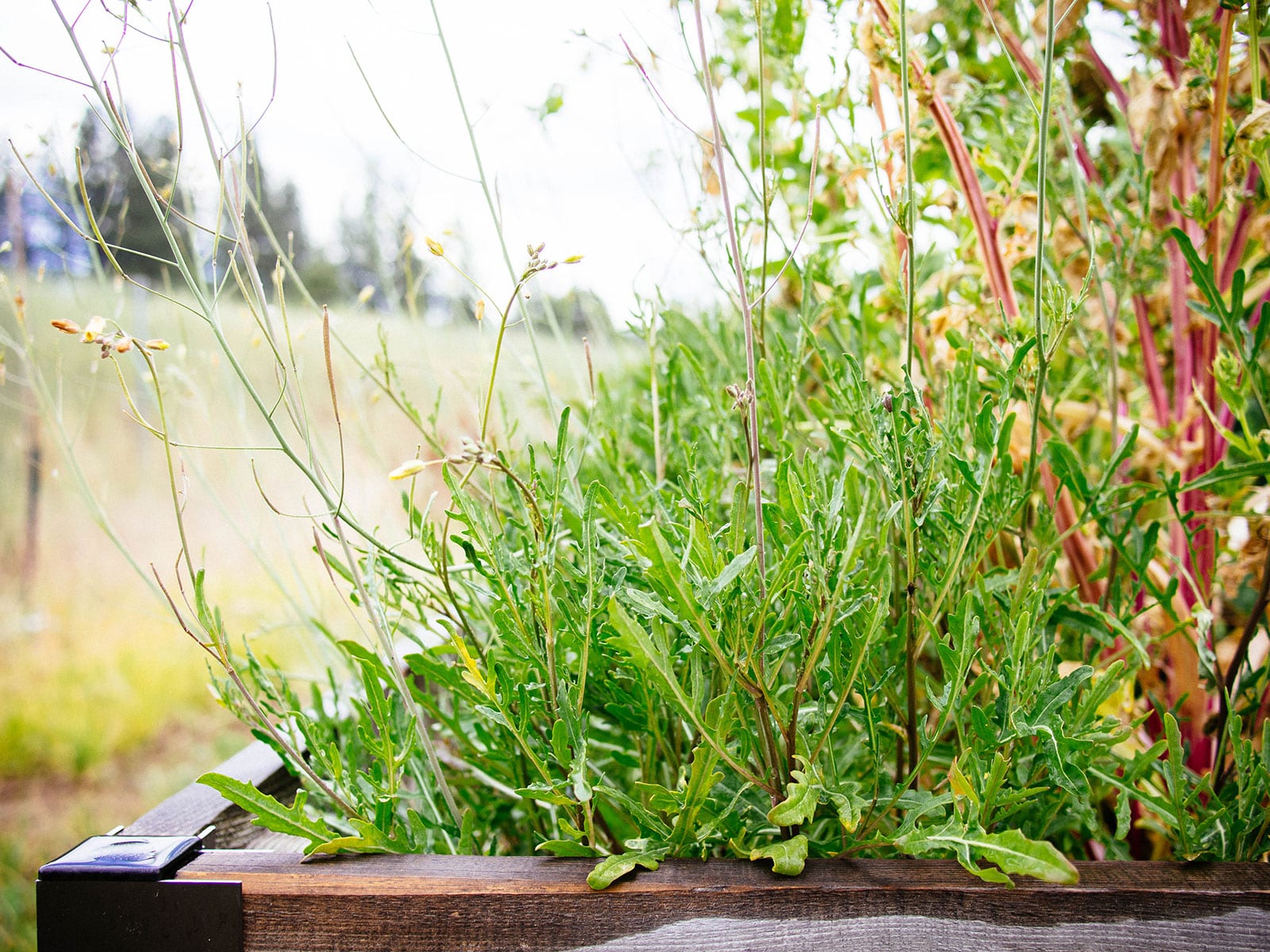
The most common causes of bolting include:
- Heat waves: Extreme heat or drought (as well as inconsistent watering) is the number-one environmental stress for most plants, and they’ll often respond by blooming prematurely.
- Increased day length: Cool-season crops typically start in early spring and are done once the days get longer in summer. If you start seeds or transplant seedlings too late in the season, your day length-sensitive plants (like spinach and turnips) will bolt in June, even if temperatures are cool.
- High soil temperatures: As summer approaches and the air gets warmer, so does your soil. In fact, it’s not uncommon for soil temperatures to get even hotter than the air, especially if the soil is dry and loose. When soil heats up, this can trigger cool-season plants to begin seed production.
- Root stress: If your plant doesn’t recover from transplant shock, or grows in a pot too small for its roots and becomes severely rootbound, it may bolt due to root stress.
- Cold snaps: While we most often associated prolonged hot temperatures with bolting, a long period of cool days or nights (or wide temperature swings) can cause certain plants to go through vernalization and flower prematurely. (You often see this happening when onions bolt in their first season.)
When these types of stresses go on long enough, plants will shift their energy to survival of the species and begin to form flowers for reproduction.
So what happens when a plant bolts?
You’ll notice a few telltale signs…
A tall flowering stalk
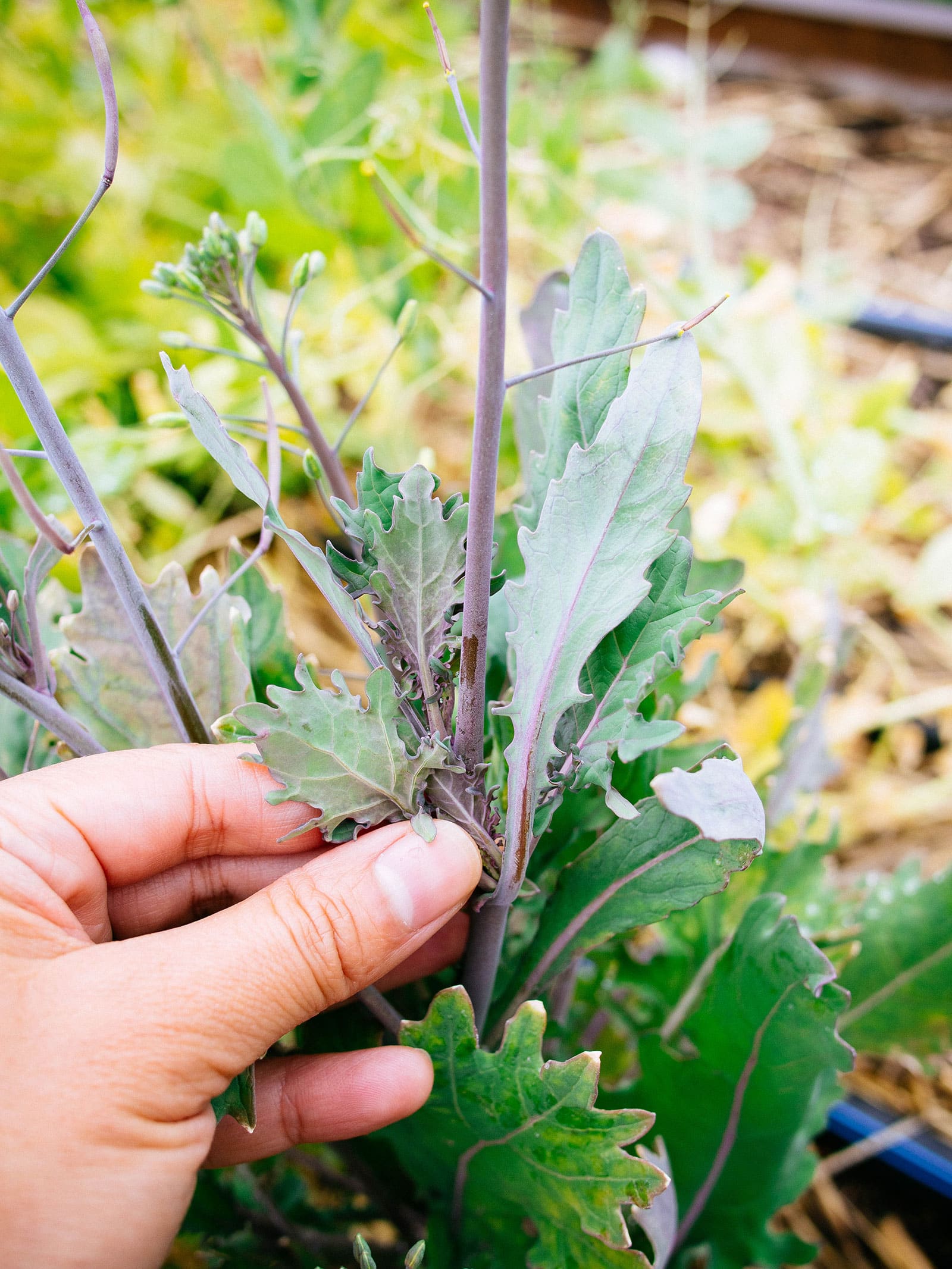
This is the most obvious sign that your plant is beginning to bolt. All of a sudden, a tall stem emerges from the center and continues to grow, grow, grow, usually exceeding the plant’s mature height. Eventually, the stem will turn thick, wood, or fibrous.
A change in size, shape, and texture
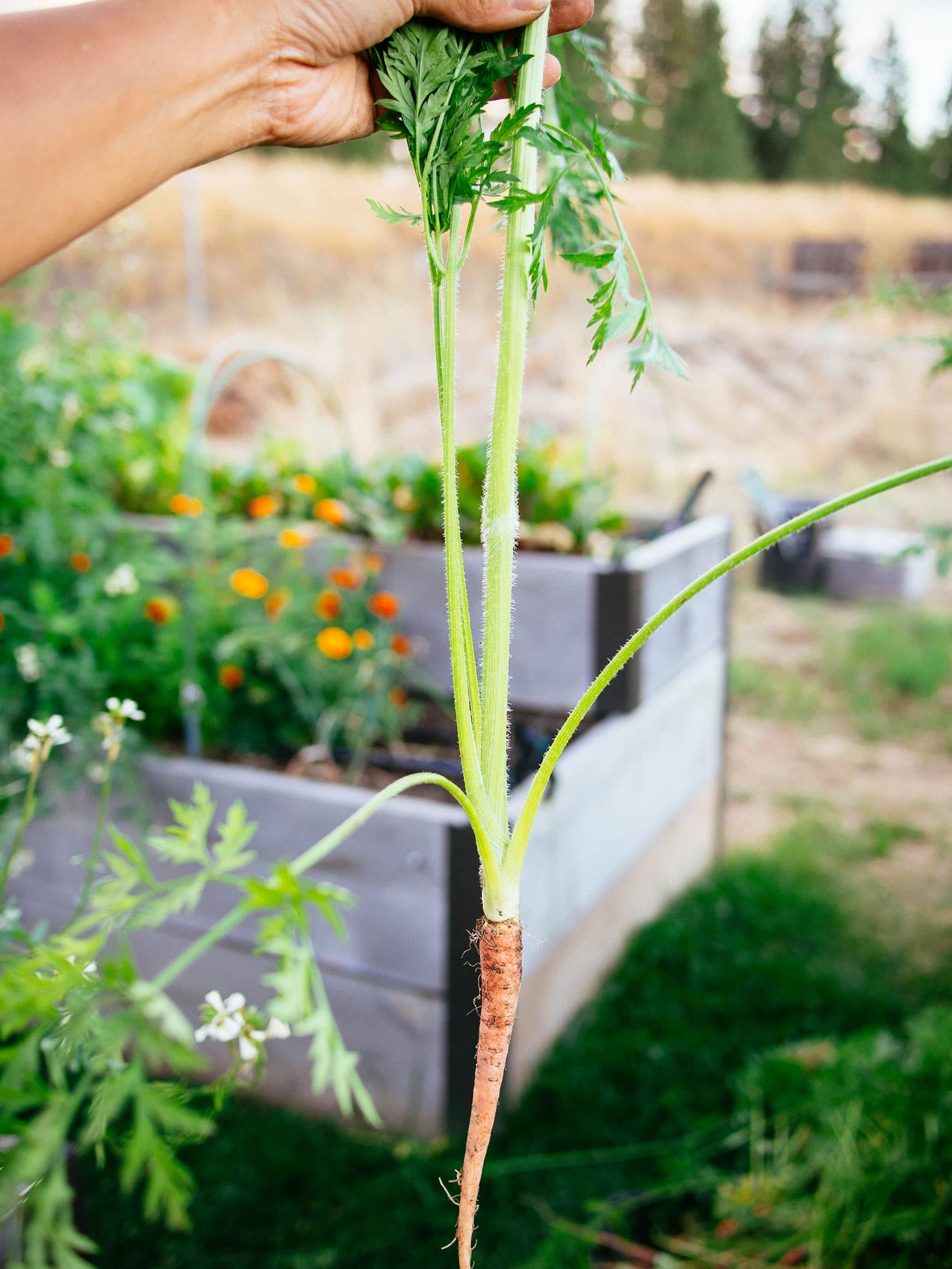
Leafy crops like cabbage and bok choy start growing into loose and floppy heads instead of nice and tight rosettes. Spinach and lettuce, which normally stay compact, turn into towering giants.
Bolting also affects a plant’s texture and makes edible parts rubbery and chewy or tough and woody. With root vegetables like carrots and radishes, for instance, the plant redirects all its energy to producing seed, causing the roots to decline in quality.
A change in leaf shape
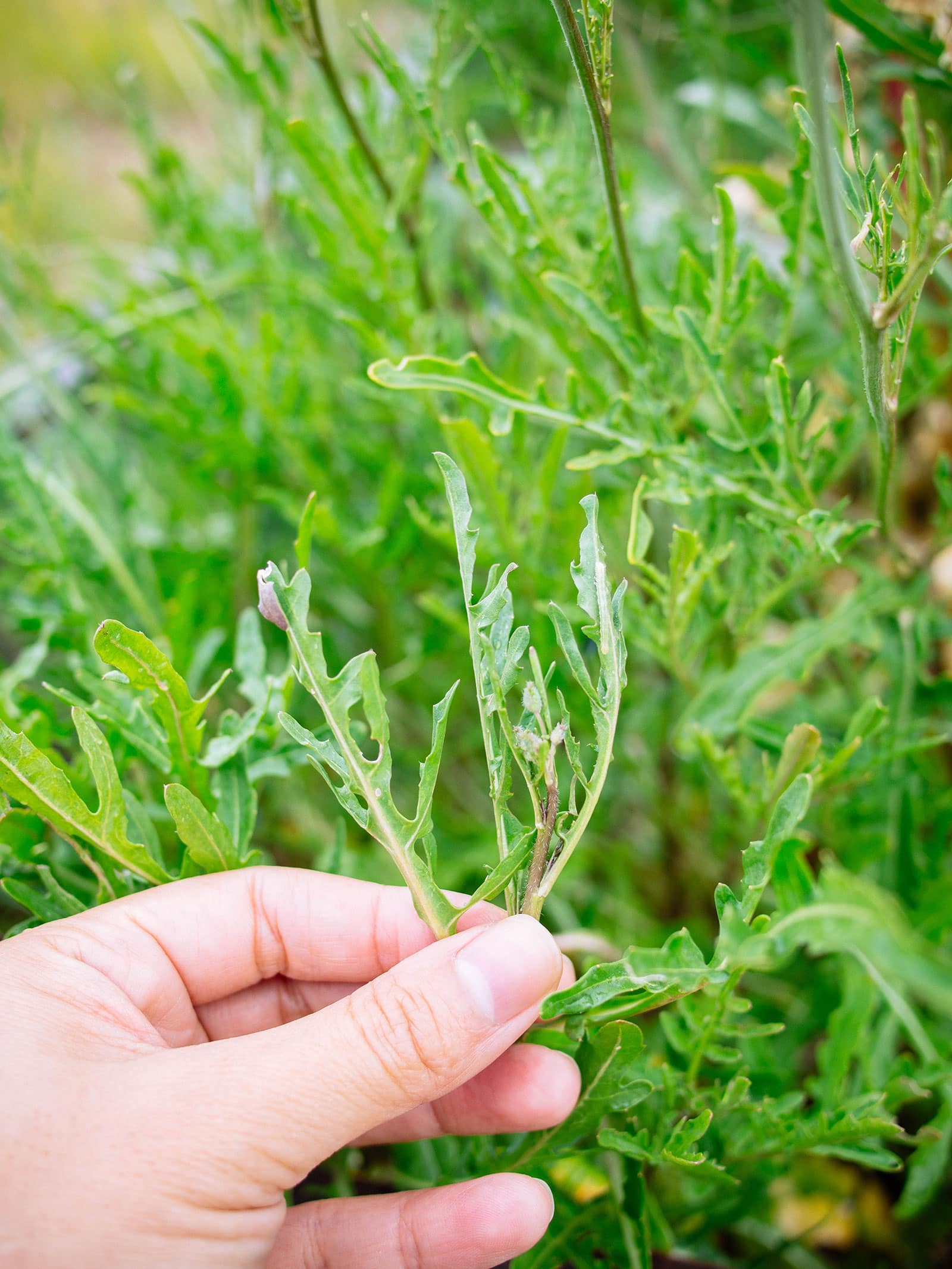
As vegetative growth slows down, new leaves become smaller (and often narrower and more pointed) as they grow vertically up the main stem.
Bolting arugula, for example, has a more serrated shape than the original leaves of the plant. Cilantro leaves grow thinner and smaller, almost looking like dill. Spinach leaves, which are typically oval or spade-shaped, resemble more of an arrowhead when the plant bolts.
Formation of flower buds
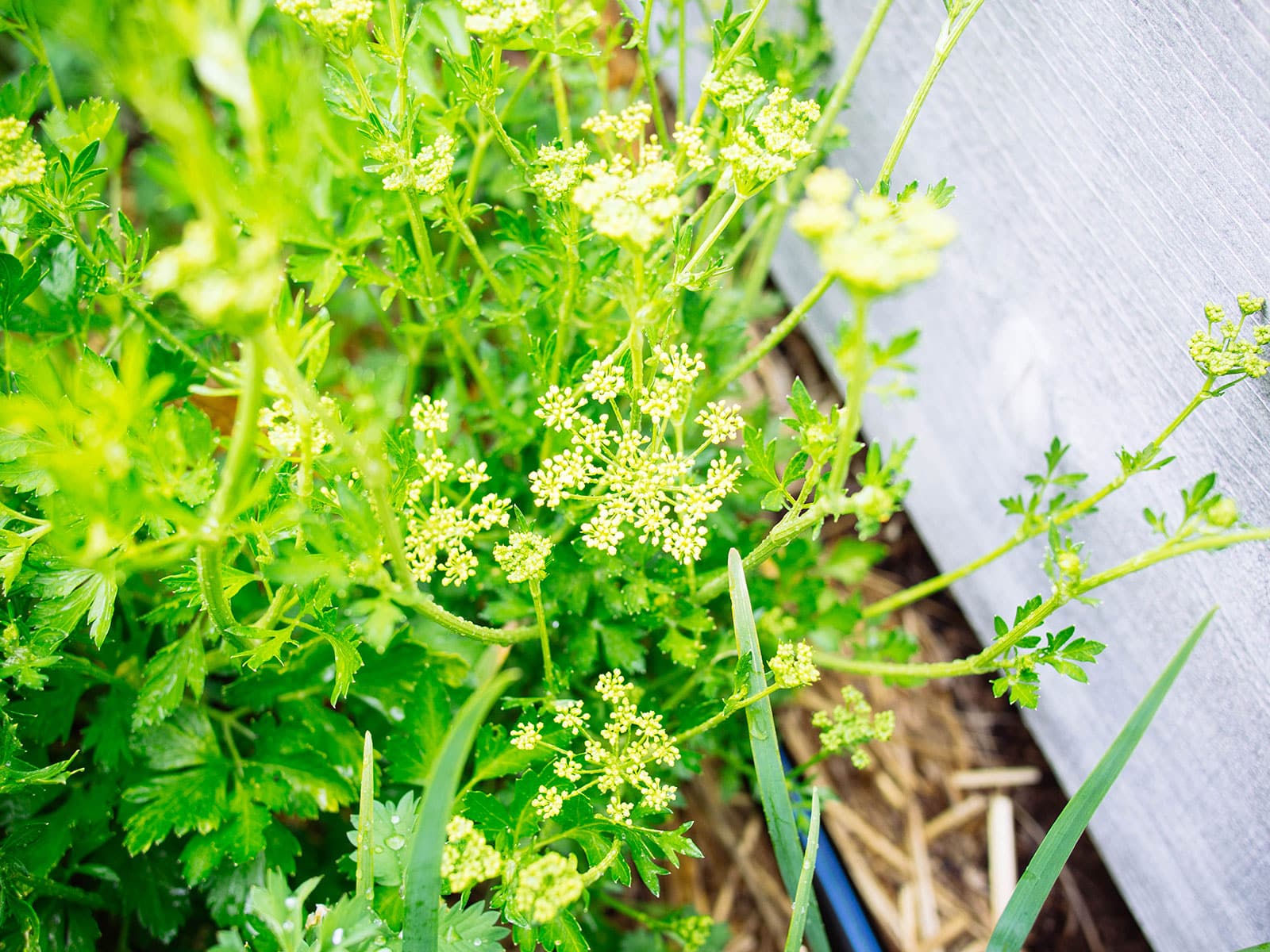
Once a plant bolts, little florets start forming at the end of the stems. These florets will then bloom (becoming a pollinator magnet) and then dry out, revealing dozens or even hundreds of seeds.
Some plants (like arugula and cilantro) will readily self-seed the following year, but if you want to control their spread, be sure to cut off the flower heads before they dry out or drop their seeds.
A change in flavor
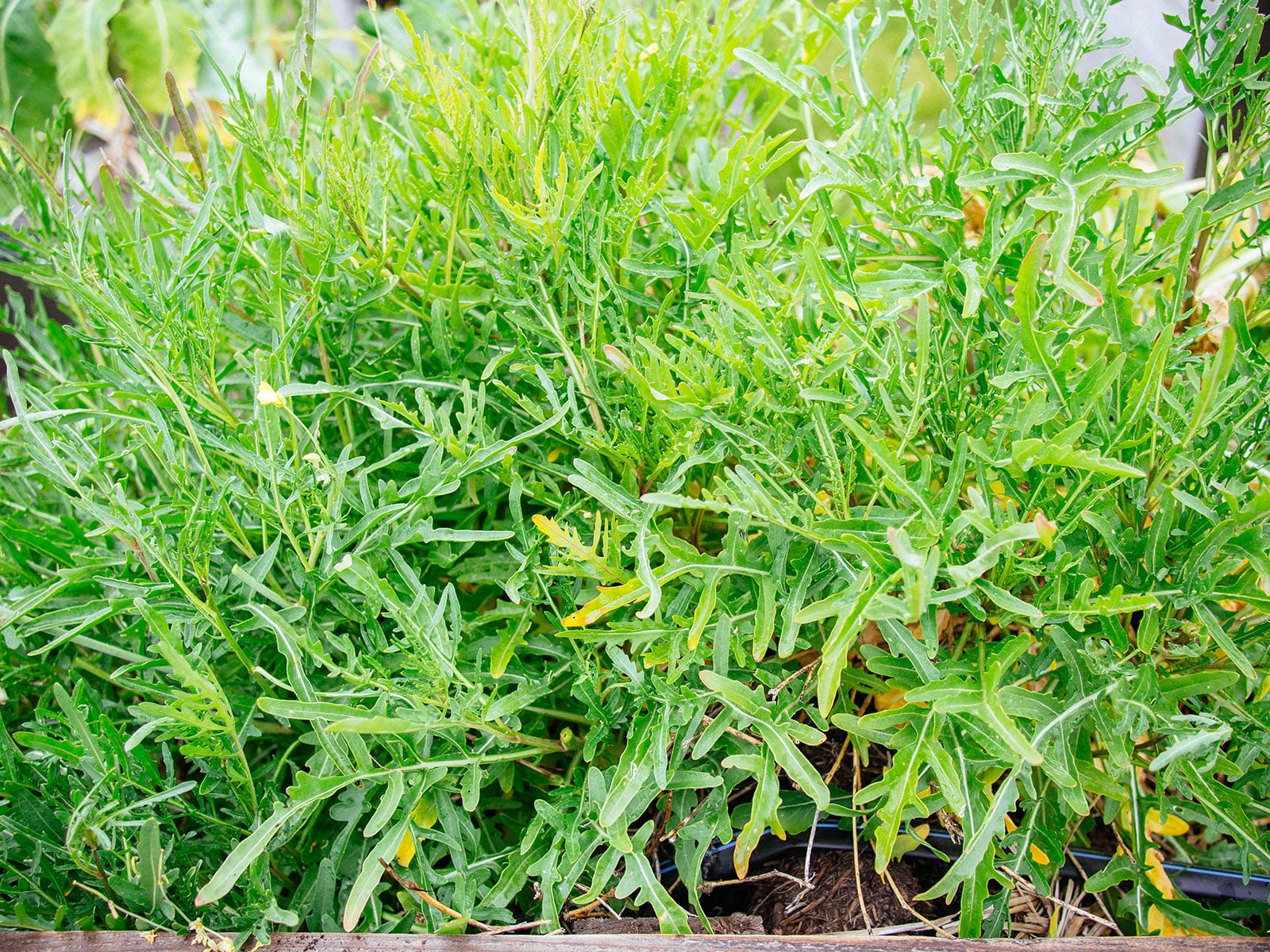
In most cases, bolting results in vegetables becoming increasingly bitter with time.
But while bolting can cause a change in flavor, I’ve found from experience that it usually doesn’t happen right away. I’ve happily harvested (and eaten) the leaves from my bolting kale, broccoli, and other nutritious greens for weeks (or even months) after the flowers first appeared.
I’ll sometimes even eat the flowers themselves (kale buds and broccoli florets, anyone?) or the seed pods (my favorite being radish pods, which are absolutely delightful raw or pickled).
The stems and flowers are all edible, though older stems can be a little tough (so it’s best to pick the flower stems when they’re young). The rest of the plant is also edible after it bolts, even if it’s not in its prime. This just means it may be better cooked (especially in soups and stews) instead of eaten raw.
Cooking is a good way to use up bolted lettuce in summer because the tender leaves are still delicious, and their bitterness (similar to radicchio or mustard greens) can be tamed by heat, bringing an entirely new texture and flavor to a dish.
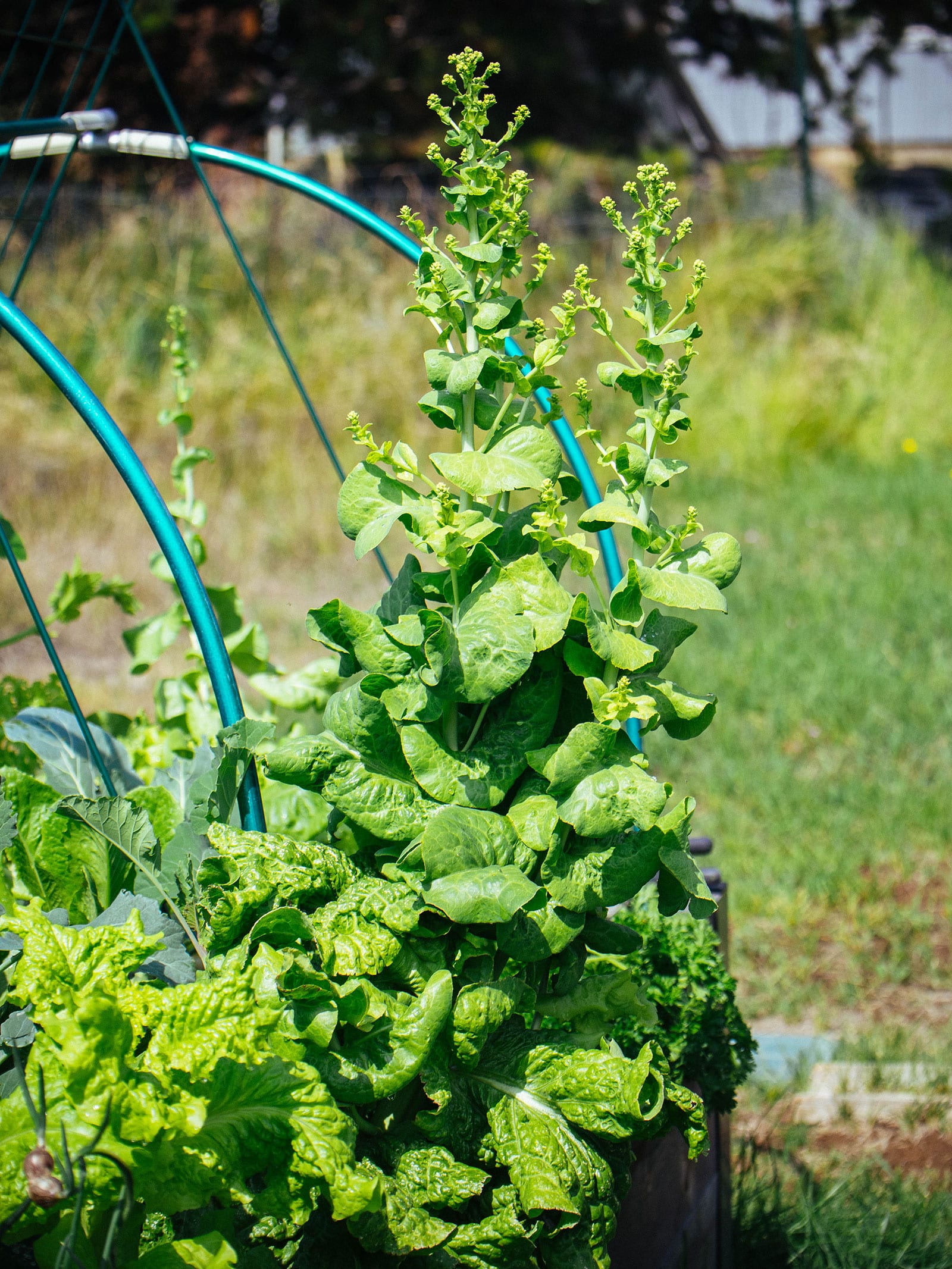
So don’t worry if your plants start to bolt—they’re still recipe-worthy!
Worth a read: How to eat the odds and ends of vegetables you’ve always discarded
Can you prevent bolting?
You absolutely can! Or at the very least, you can delay the inevitable. I wrote a more detailed post on how to keep your vegetables from bolting too soon, but here are a few basic tips:
- Start your seeds directly in the garden
- Avoid buying leggy or stressed transplants from a garden center
- Choose heat-resistant or bolt-resistant plant varieties
- Plant your crops in the appropriate season and at the right time (you can use my seed starting calculator to find your optimal planting dates)
- Provide shade and consistent moisture
And there’s one more surprising tip that helps improve your plants’ resilience to environmental stresses like heat and drought—you can find it in the post I just mentioned above.


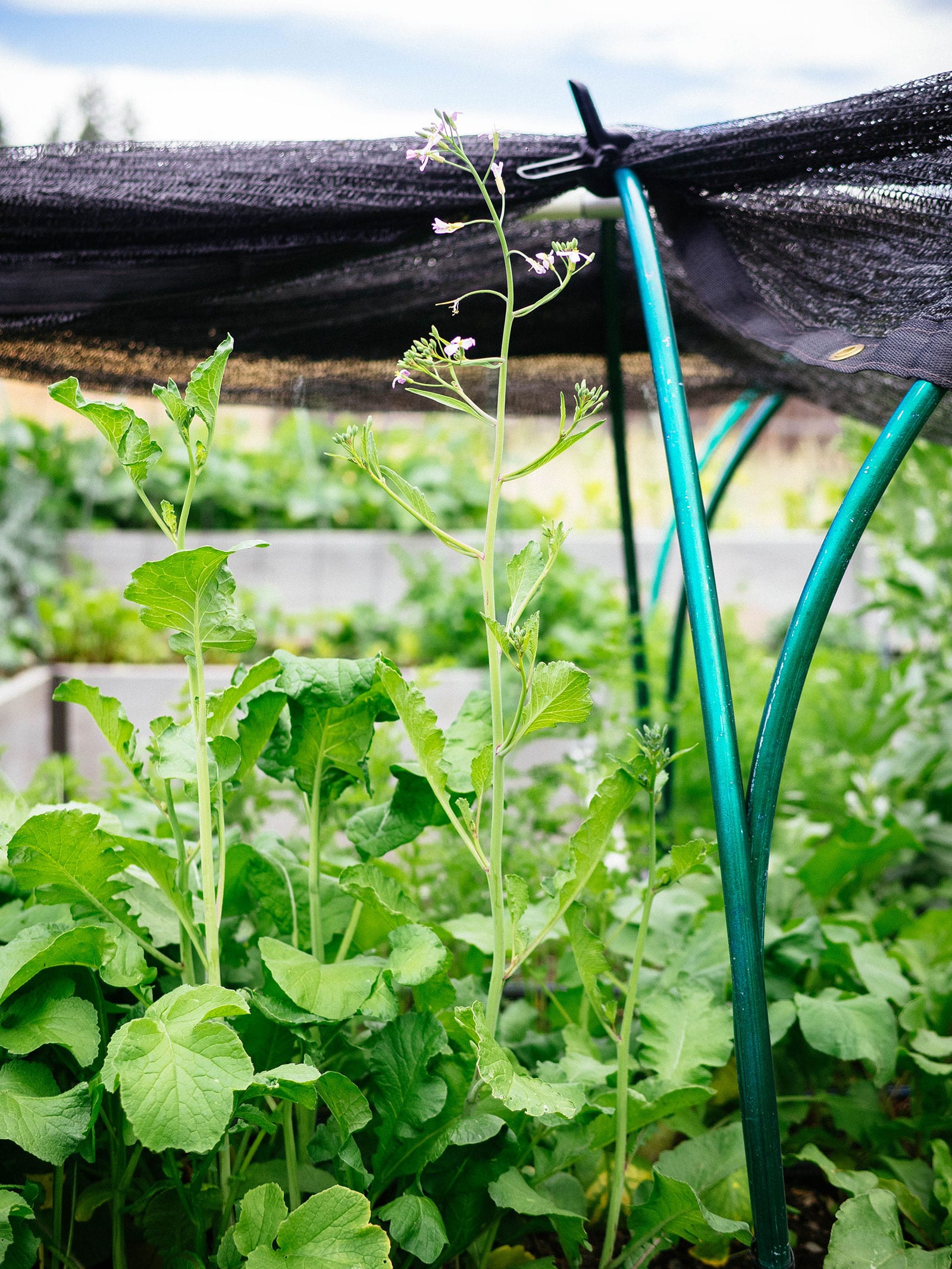
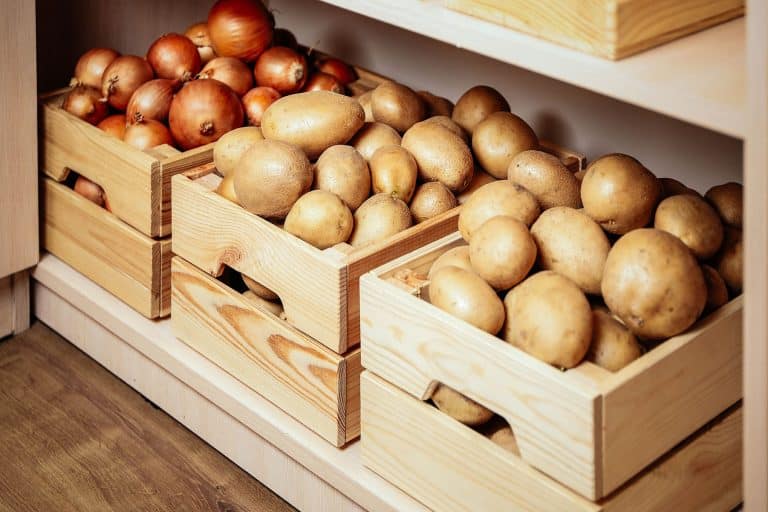

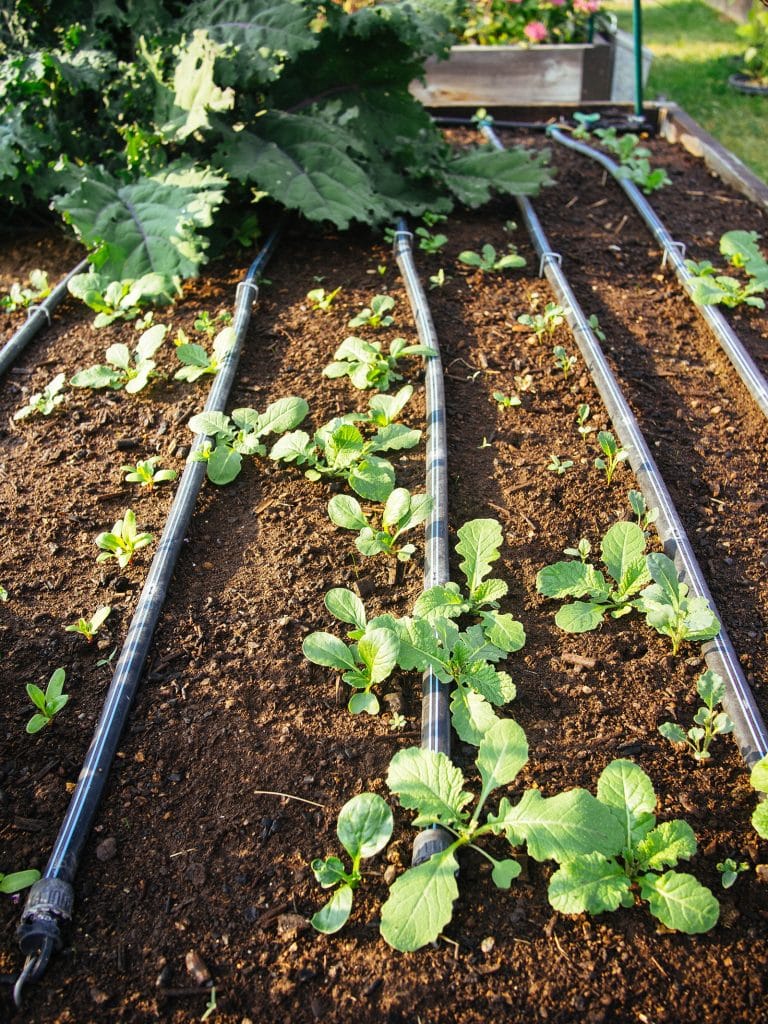

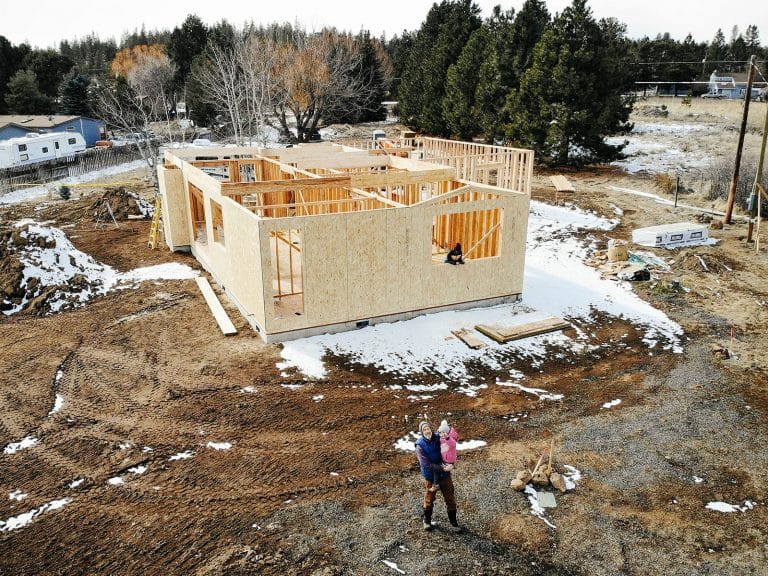
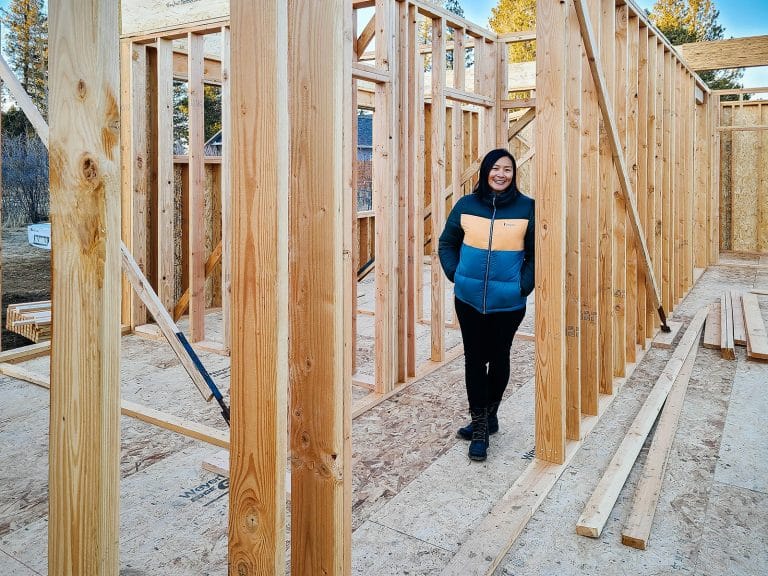
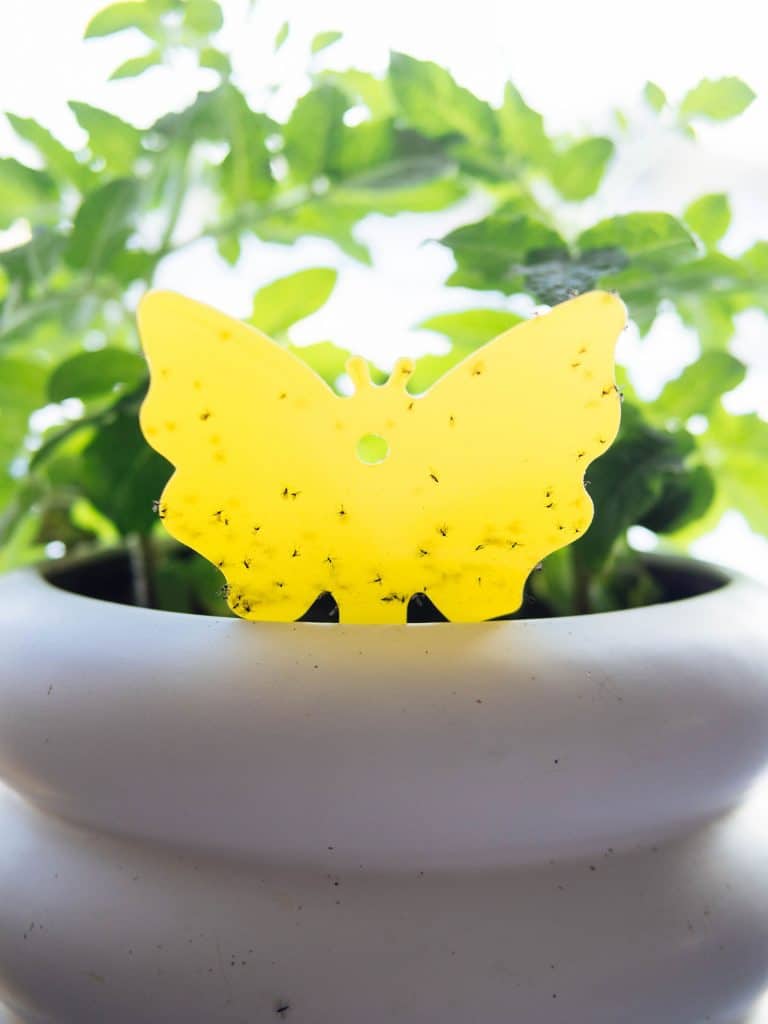
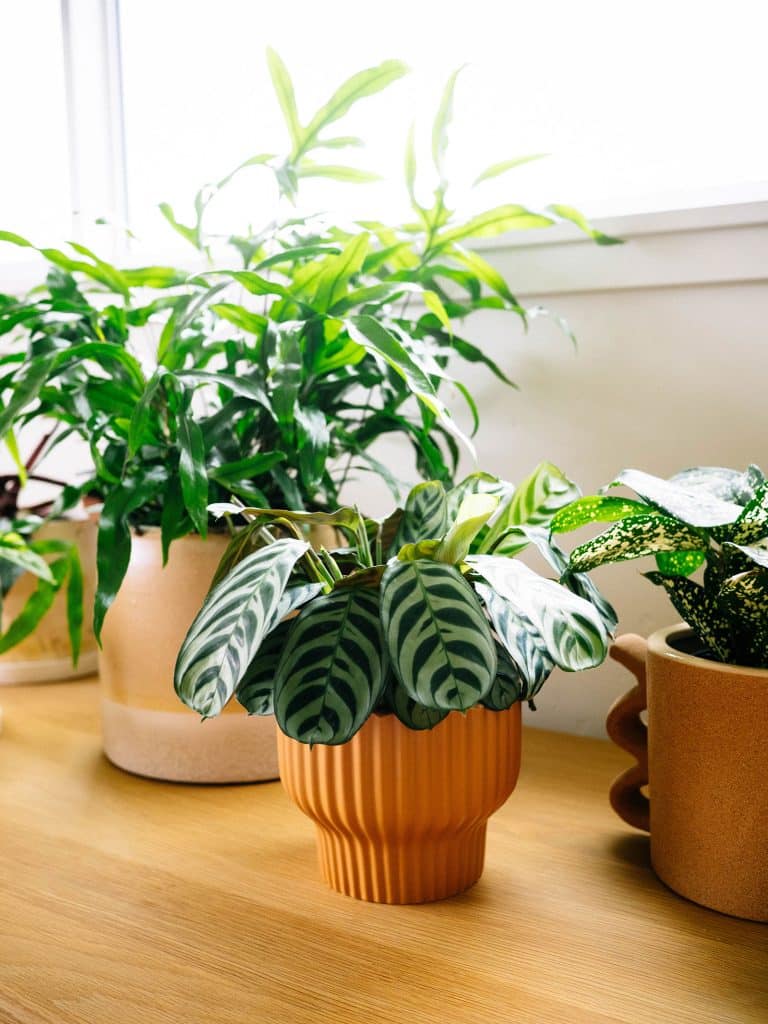
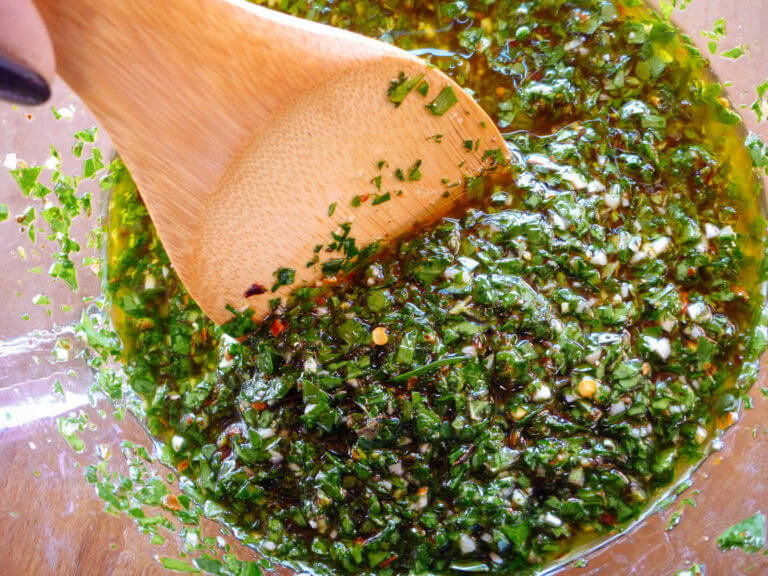
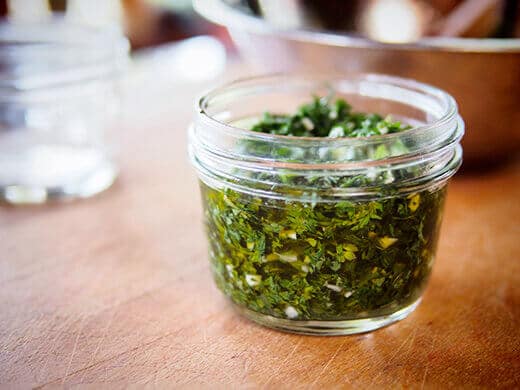
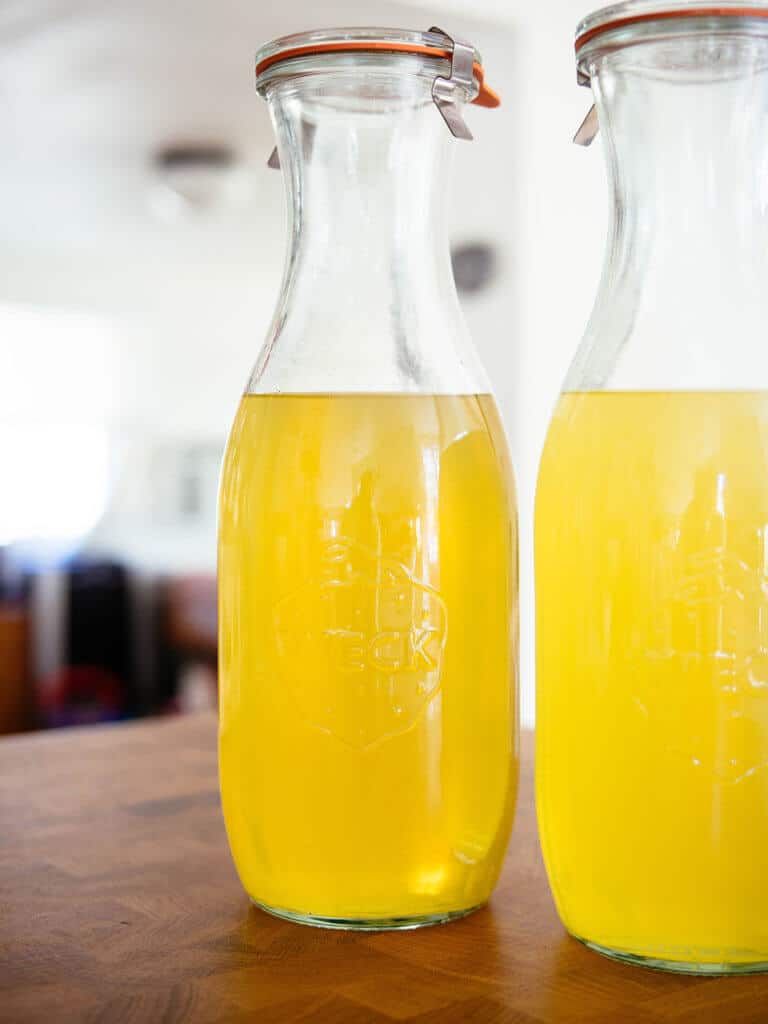
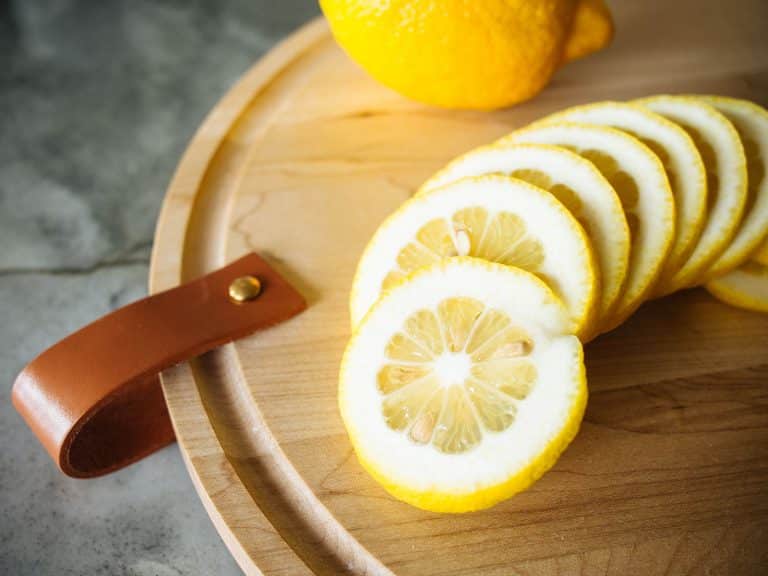

Such a helpful explanation! Bolting can be frustrating when you’re hoping for more leafy harvests, but I like how you pointed out the positives too — especially saving seeds and supporting pollinators. I’ve noticed that herbs like cilantro and basil bolt quickly indoors if the temperature gets too warm, so keeping them in cooler spots really helps.
I also shared some practical tips for growing herbs and veggies successfully in small spaces here: SoilFreeFarms.com
🌱